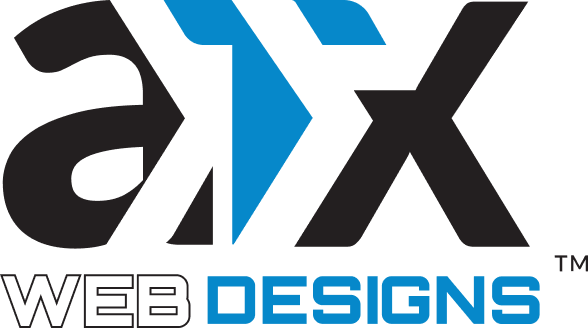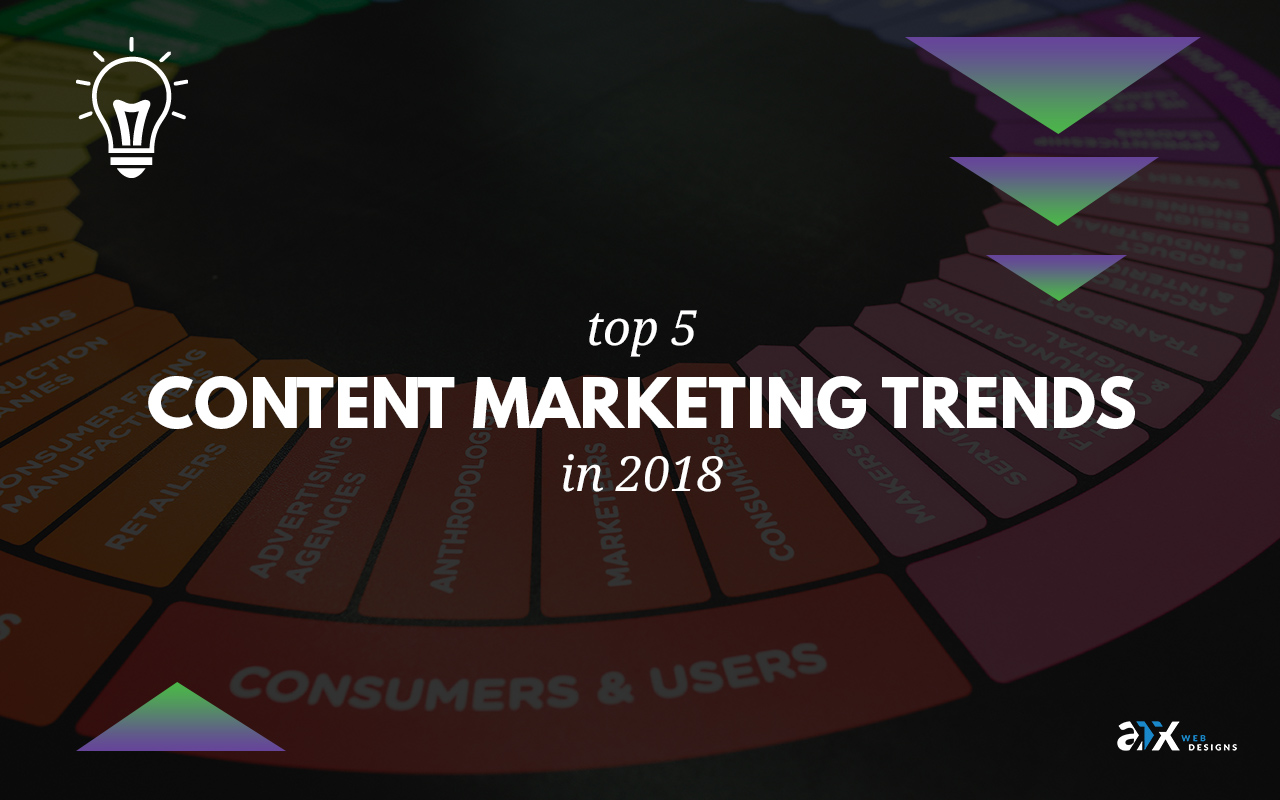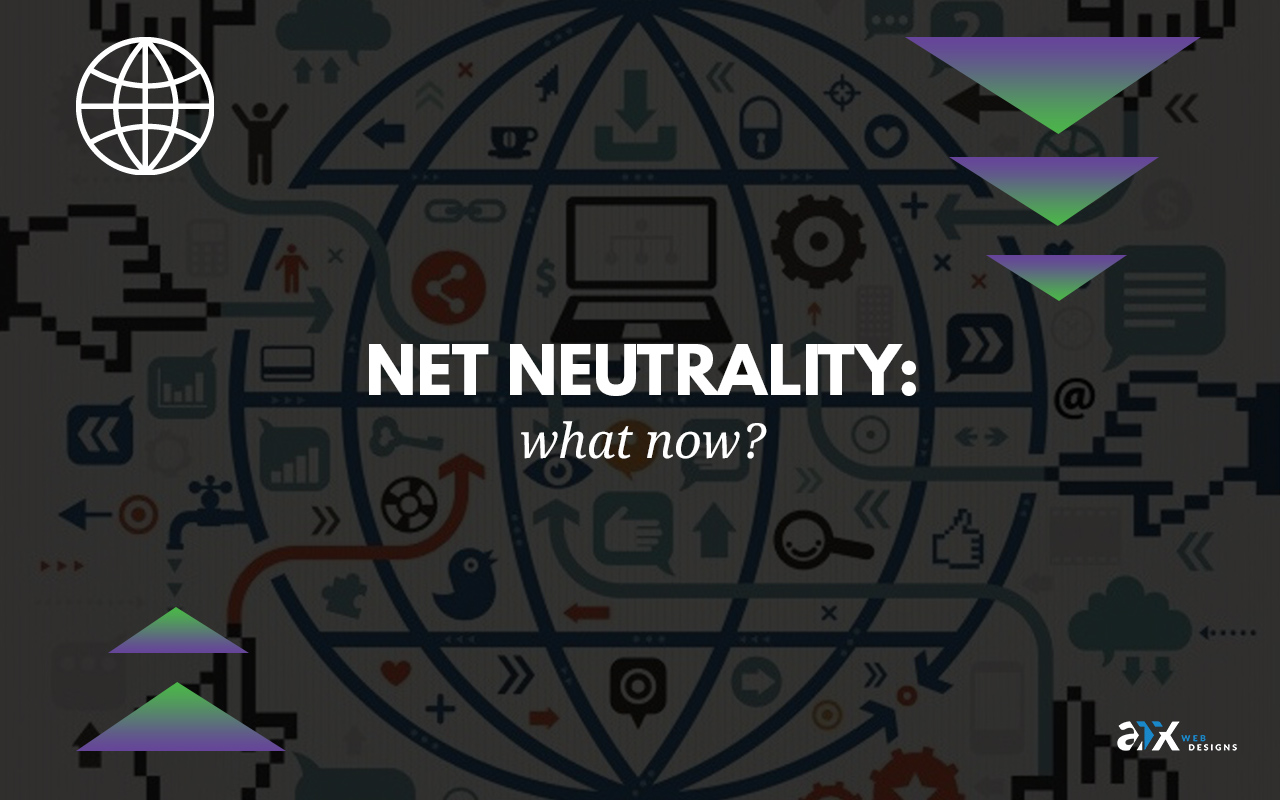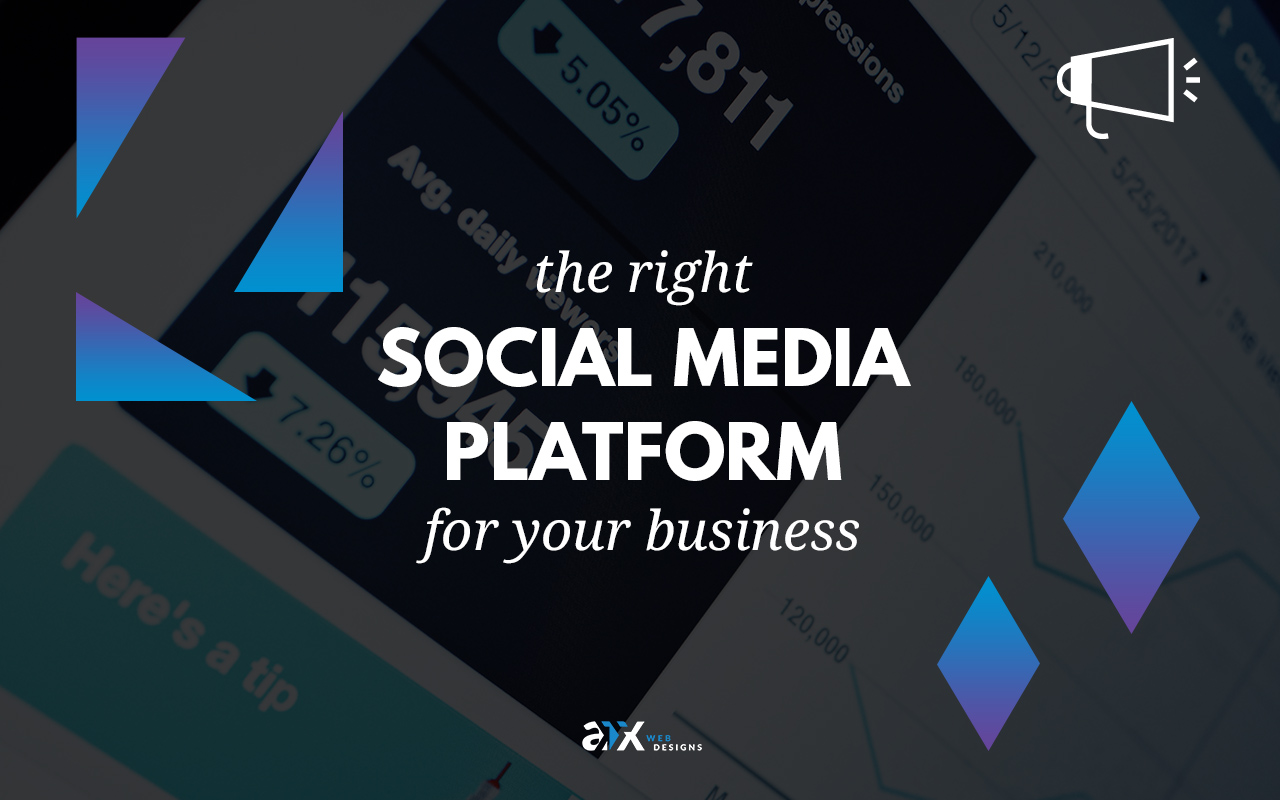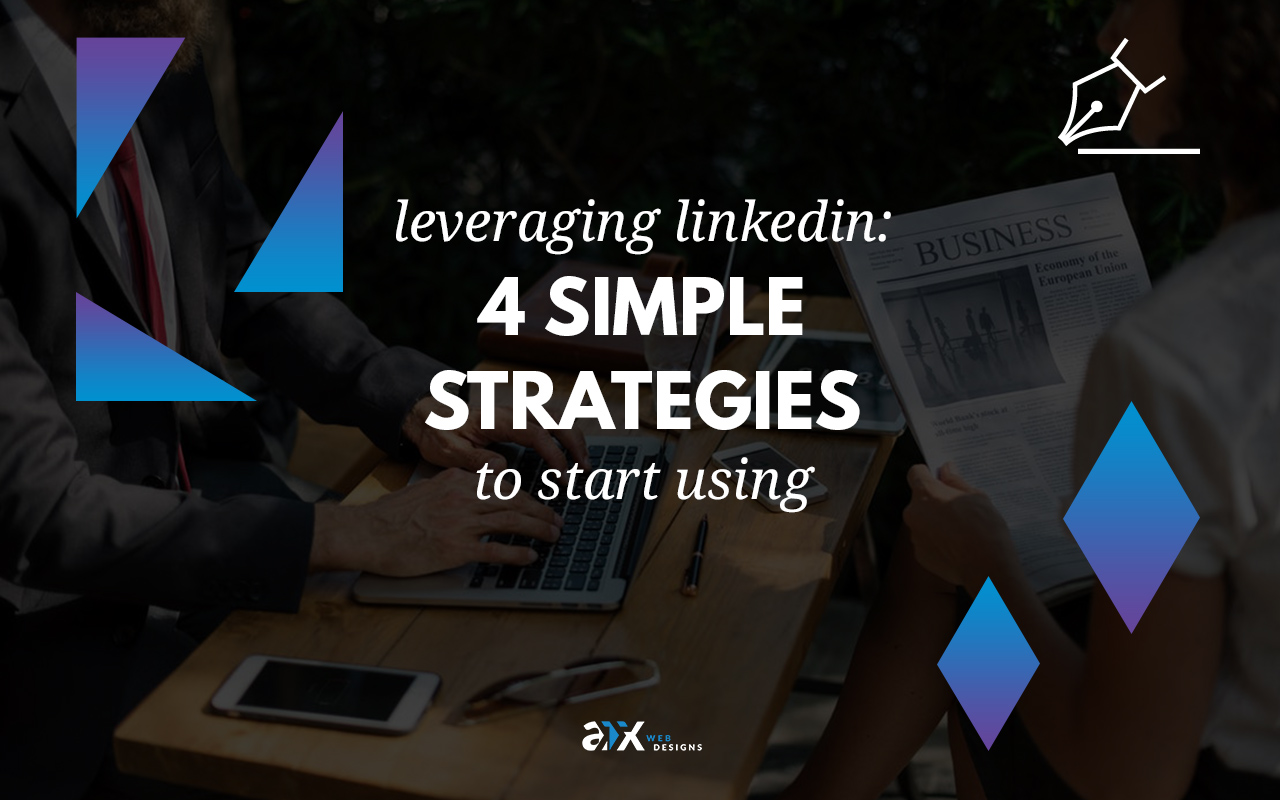What is SEO?
Boring, Factual Answer: SEO stands for Search Engine Optimization. The purpose of optimizing your site for search engines is to drive traffic to your site organically. That’s it.
More Interesting Answer: What was the last thing you searched for? Did it take to you a website you’d never visited before?
Chances are you used Google, which performed over 5 billion searches today alone. (In contrast, Bing didn’t even crack 1 billion.) And while I don’t know the chances of finding a website you’ve never visited before, I know that Google’s my #1 referral to new websites. It’s rare that a friend or business card, or even a social media link, directs me to a new website. And when it does happen, it’s still outnumbered by the Google referral machine.
When you implement the technical and strategic components of SEO into your marketing efforts, it will take time for your work to pay off. When it does, though, you have potentially 5 billion daily Google searches (and hundreds of millions from other engines) in which to be seen.
Drive traffic. Generate leads. Make sales. Much of it without any additional effort from you. That’s the value of a great SEO strategy.
What is Social Media Marketing?
Boring Factual Answer: Social media marketing is driving traffic via social media websites like Facebook, Instagram, Twitter, and Pinterest.
More Interesting Answer: Social media marketing is your opportunity to connect with your audience, foster great relationships, and build brand visibility and loyalty. Social media demands both creativity and authenticity, which takes great strategic planning and execution. It’s fun! And one of the best investments you’ll make in your business.
But. Before you get too excited about social media, make sure your SEO work is top-notch.
In this day and age, if you don’t have a website, do you even exist? You may as well not because no one is going to be able to find you.
For this reason, you must have a solid SEO strategy in place before you do anything else. You want people to be able to find you (it’s necessary to your business’ growth) and it’s the most low-effort way to go about getting traffic (and leads and sales). Invest in a good strategy. It will pay off.
Then invest in good social media marketing.
(By the way, you don’t have to wait to invest in either of these. So much can be done before spending your first penny! Social media takes a considerable investment of time (the platforms reward frequent engagement) but you don’t have to do paid marketing up front. You can invest good money in SEO and also implement a good social media strategy for free. But when it comes to money prioritization, start with SEO.)
Don’t take my word for it! Kissmetrics and Digital Current both have good pieces to help you make this decision.
